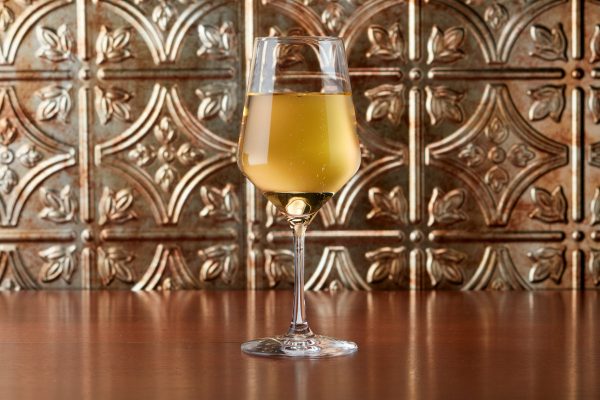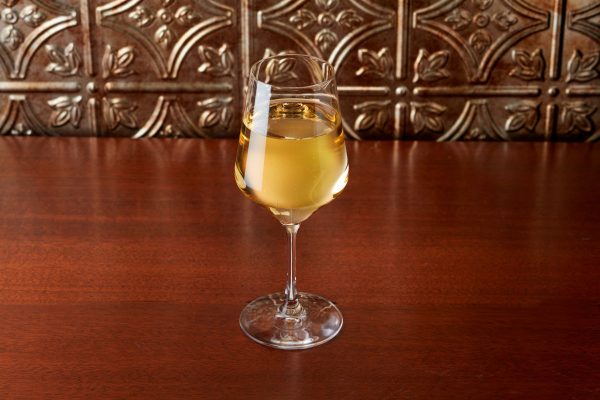

The following beer recipe is featured in the November/December 2019 issue of Zymurgy magazine. Access this issue along with the archives with Zymurgy Online!
Recipe courtesy Scott Aufderheide.
This cyser scored a 45 at the 2019 Mazer Cup when it was 6 months old. My goal was to make a Chardonnay-style cyser. Chardonnays are often dry, oaky, and barrel fermented. You could attempt a malolactic fermentation step after the initial ferment, but that was beyond my scope this time, and I think the touch of lactic acid was good enough.
Since I didn’t have a barrel, I used a lot of oak cubes in primary. The difference between fermenting on oak and using oak later is that during fermentation, the yeast will eat all of the vanillin, leaving only tannic, spicy, and smoky contributions from the oak and less vanilla and sweetness.
This mead ends up being around 11.5% ABV. While this is immediately ready to consume at the 8-week mark and quite pleasant, I found that letting it age for 6 months from pitch brought back a lot of the honey and apple flavors, and it became much more complex.
Pectic enzyme and bentonite cannot be added together because bentonite denatures the enzyme, so wait a day between additions. Bentonite in primary is easily kept in suspension by the turbulence of fermentation, making it very effective. The combination yields a very clear mead almost immediately after fermentation ends. Fermaid O and GoFerm ensure a good, healthy fermentation with all the proper nutrients for the yeast. Sorbate and metabisulfite are stabilizers and an antioxidant to make sure fermentation doesn’t restart after back-sweetening.
The following beer recipe is featured in the November/December 2019 issue of Zymurgy magazine. Access this issue along with the archives with Zymurgy Online!
Recipe courtesy Scott Aufderheide.
This cyser scored a 45 at the 2019 Mazer Cup when it was 6 months old. My goal was to make a Chardonnay-style cyser. Chardonnays are often dry, oaky, and barrel fermented. You could attempt a malolactic fermentation step after the initial ferment, but that was beyond my scope this time, and I think the touch of lactic acid was good enough.
Since I didn’t have a barrel, I used a lot of oak cubes in primary. The difference between fermenting on oak and using oak later is that during fermentation, the yeast will eat all of the vanillin, leaving only tannic, spicy, and smoky contributions from the oak and less vanilla and sweetness.
This mead ends up being around 11.5% ABV. While this is immediately ready to consume at the 8-week mark and quite pleasant, I found that letting it age for 6 months from pitch brought back a lot of the honey and apple flavors, and it became much more complex.
Pectic enzyme and bentonite cannot be added together because bentonite denatures the enzyme, so wait a day between additions. Bentonite in primary is easily kept in suspension by the turbulence of fermentation, making it very effective. The combination yields a very clear mead almost immediately after fermentation ends. Fermaid O and GoFerm ensure a good, healthy fermentation with all the proper nutrients for the yeast. Sorbate and metabisulfite are stabilizers and an antioxidant to make sure fermentation doesn’t restart after back-sweetening.
Ready to brew? Unlock unmatched resources, validated recipes, and more benefits when you become an AHA member. Join Now
Ready to brew? Unlock unmatched resources, validated recipes, and more benefits when you become an AHA member.
Join for $4.99Already a member? Login here





